Elsa Jensen • May 21, 2018
Mastcam-Z team blog: We've got flight hardware!
Right after the last Mastcam-Z team meeting a year ago (link here to last two blog posts), our team finalized the design of the cameras, and then the fantastic voyage of creating Martian panoramic zoom cameras began.
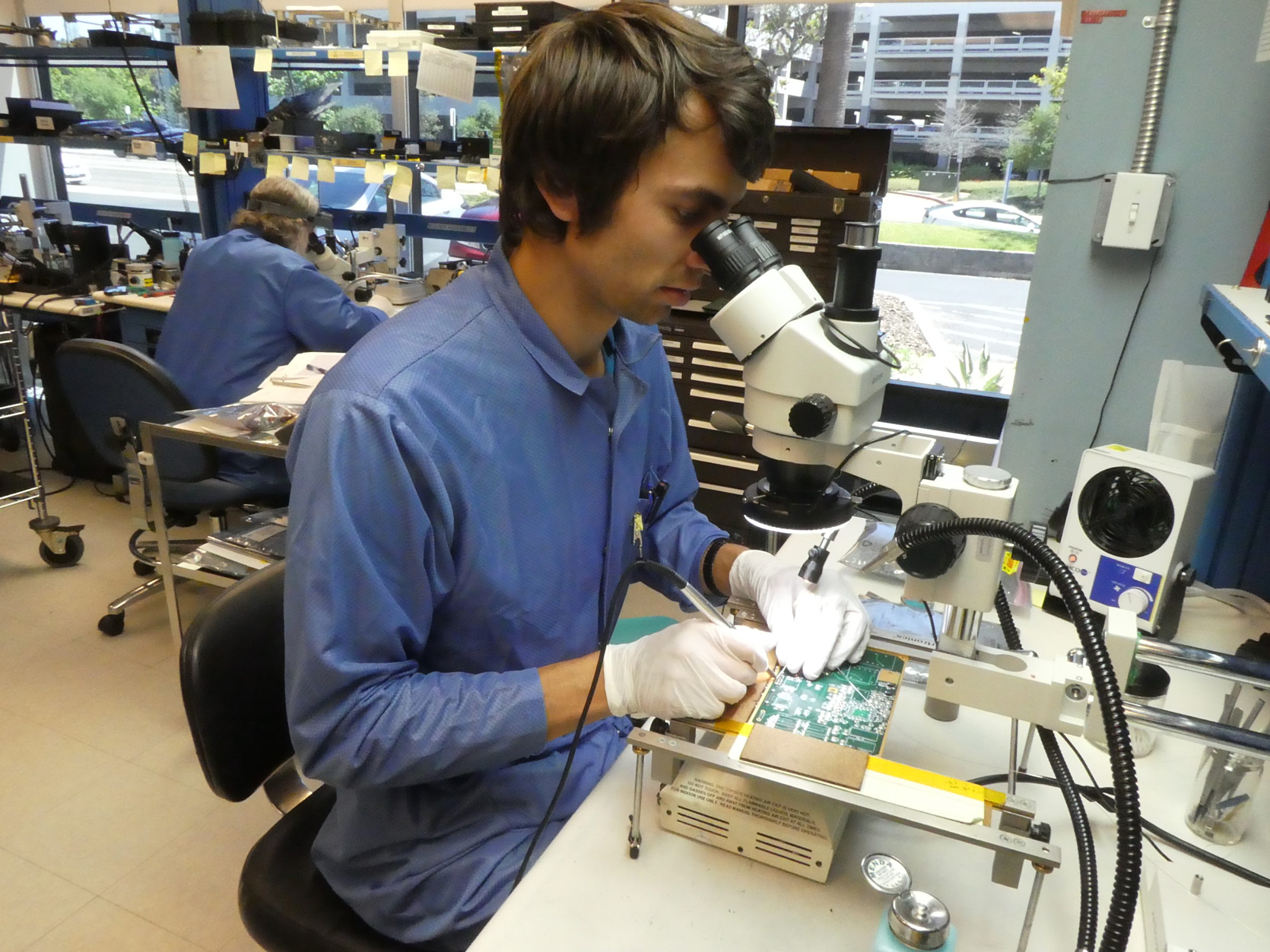
The design engineers had to draw, measure, and describe every single tiny detail of the mechanical (metal) and optical (glass) parts, as well as how each part should be manufactured and then how all the parts should be assembled together. This isn't as straightforward as it sounds. These are custom-designed, high-precision machines that have to survive not only assembly but also launch, deep-space cruise, a Mars landing, and many years of taking pictures with the cameras on Mars. Once we launch, there are no mechanics or engineers to adjust or fix anything.
An added measure of fun in designing the Mastcam-Z cameras is that they harbor a significant number of moving parts to enable their zoom, focus and filter wheel capabilities. Many of these parts had to be designed and built to a precision smaller than the thickness of a human hair. No dust or any other debris can be in places where the tolerances are this tight, so work with the hardware has to be done in special clean rooms. Imagine having to cut metal and grind glass to that kind of precision! To get custom-designed parts of this quality, we had to find and work with manufacturers in many different locations, which presented its own challenge of tracking, coordination and quality assurance. After being manufactured, tested, and checked out, each of the camera parts was shipped to Malin Space Science Systems for assembly at our facility in San Diego. We put the parts through extensive testing before assembly.
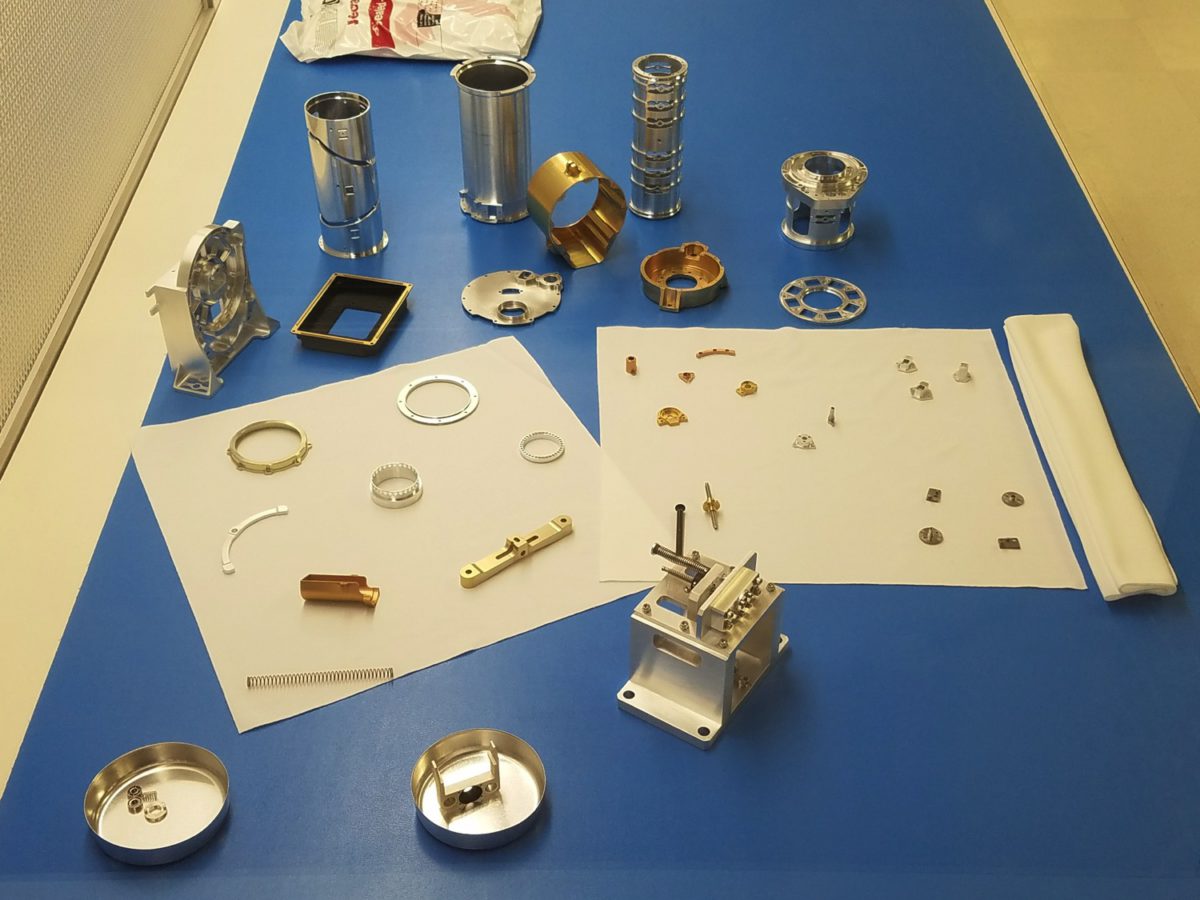
Put yourself in the situation of handling one-of-a-kind, (very!) expensive flight hardware, hardware that you know is going to Mars. Don’t let that affect you though, because it’s imperative that you have hands as steady as a surgeon. Fortunately, you have a detailed checklist of step-by-step assembly instructions, and occasionally you have to work under the watchful eye of a quality control engineer. For every step, you stop and check off what you’ve completed, because you must never skip any steps, or else you'll get no fabulous pictures of Mars for everybody back on Earth. You handle pieces that fit together so snugly that there's no gap wider than a tenth the thickness of a sheet of printer paper. Sometimes you have to put the screws in with tweezers. You solder the electronic components onto the boards by hand. Keep in mind that the junctures and boards you are building will need to handle thousands of days and nights on Mars, cycling between freezing at -100 degrees Celsius, warming up to highs of 15C, and going back to -100 again, every Martian day. There are hundreds of hardware components to assemble steadily, carefully, without tweaking or damaging any parts.
As we assemble the instrument, we do extensive testing of the individual components. As those are assembled into larger units called sub-assemblies and assemblies, those are also tested. That is eventually followed by an intensive battery of tests of the final integrated cameras, right before they are sent to NASA JPL. All this has to be done exactly right (preferably the first time). One way we prepared to assemble the precious flight instruments is to build an Engineering Qualification Model, as principal investigator Jim Bell described in a previous post. The EQM unit, as we call it, is designed and built identically to the Flight Unit (the one that will be sent to Mars).

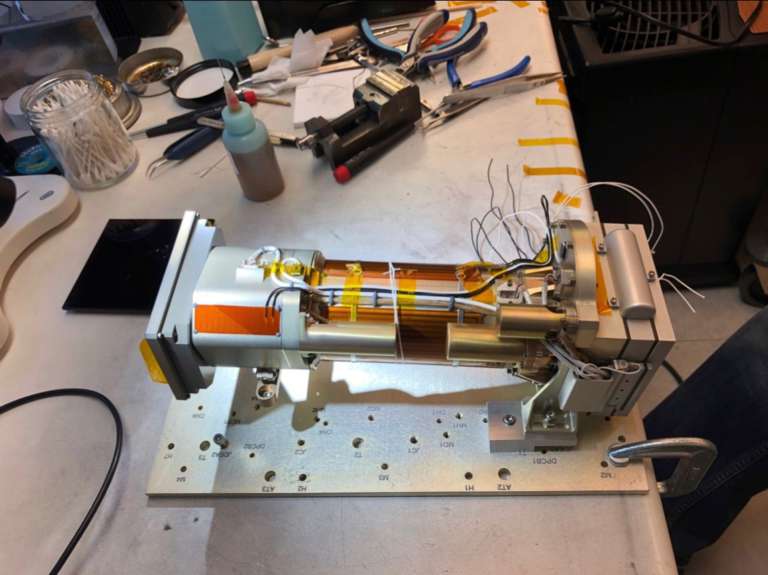
There are a number of advantages to building an EQM, including having a practice run for the manufacturing and assembly. It’s a really good idea to practice your procedures when you’re working at these precise levels; that way you can make updates to clarify or add extra information the first time around, so you can have a completely smooth run for the Real Build. If anything doesn’t work 100% right, the team has the opportunity to make a change to the design or assembly procedure. An added advantage is that we can perform extensive testing on a unit that is identical to the flight unit, but without endangering or wearing out the cameras that will go to Mars.
We also built the EQM unit to prove that the camera design worked as intended. Below you can see the results of the very first tests performed with the EQM. During the parking lot test the engineers couldn’t tell whether the performance of the cameras was as expected, so it was a bit nerve wracking.
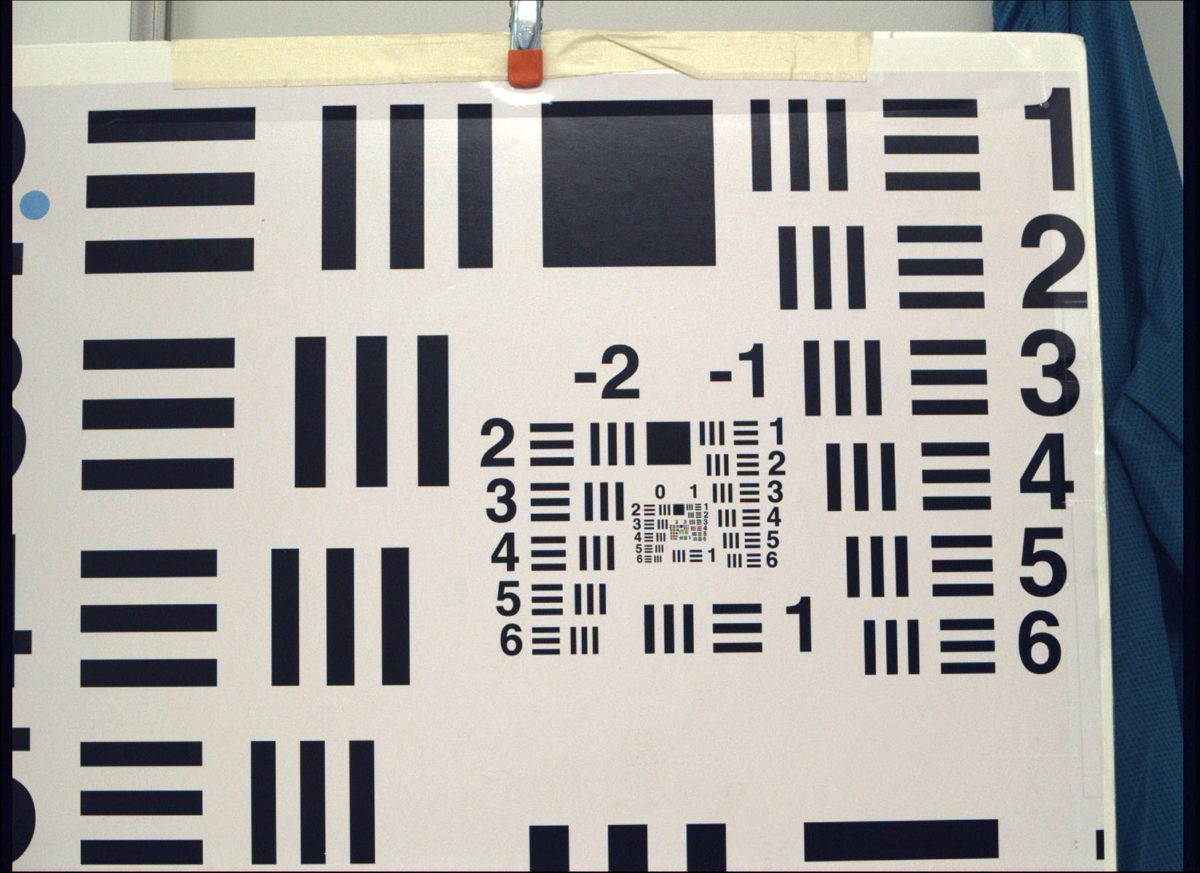
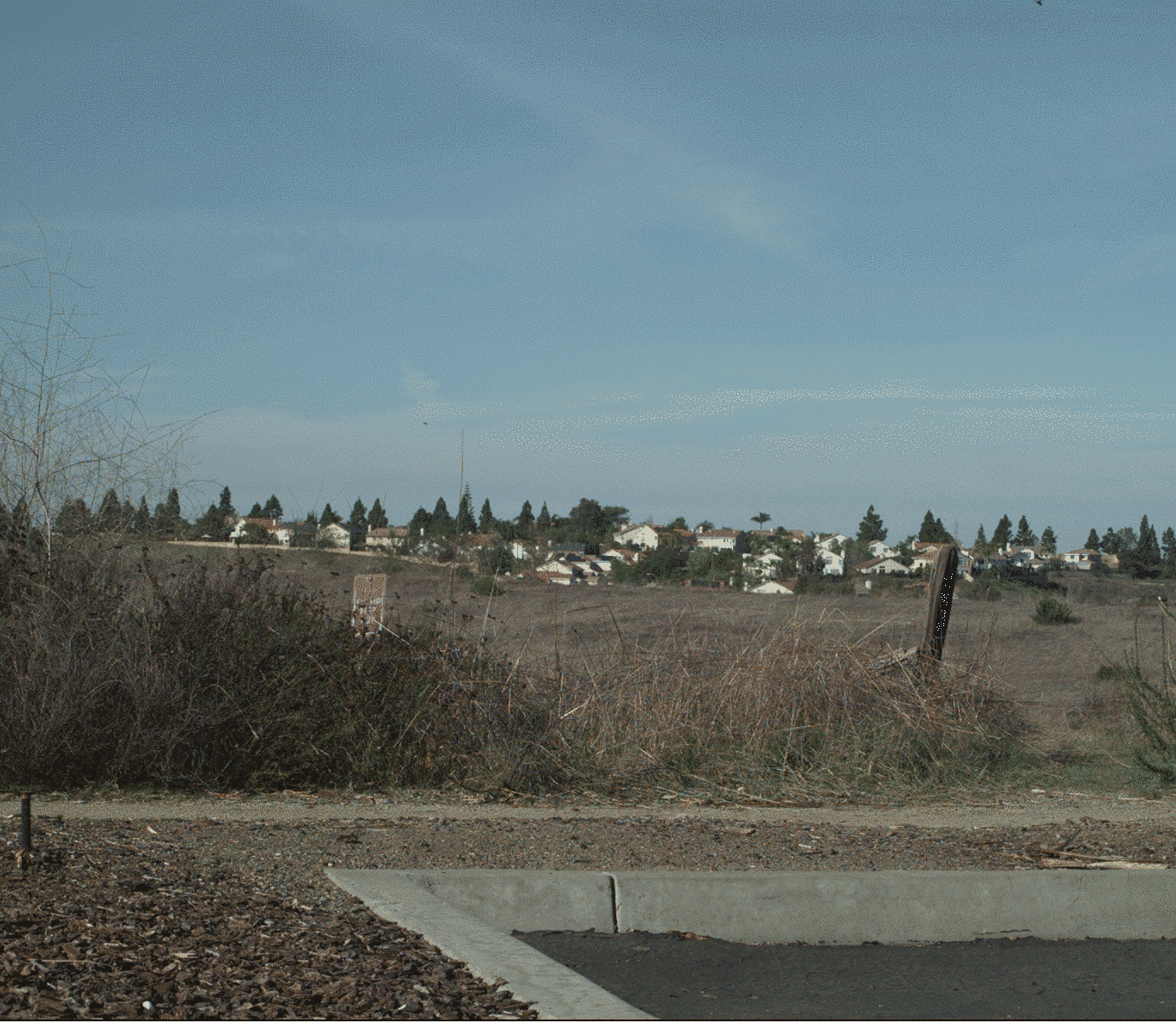
It wasn’t until the engineers got back inside and could scrutinize the images on large monitors in the lab that they could make the following statement:
“Real world images showed visually good performance over the full zoom range, which means that the Mastcam-Z team demonstrated that the optical design for the cameras is buildable.”
THAT made our Principal Investigator Jim Bell, our whole team, and the NASA Managers happy :)
Let’s Go Beyond The Horizon
Every success in space exploration is the result of the community of space enthusiasts, like you, who believe it is important. You can help usher in the next great era of space exploration with your gift today.
Donate Today

 Explore Worlds
Explore Worlds Find Life
Find Life Defend Earth
Defend Earth

